Breadcrumb
- Home
- Archive & History
- History
- Notable Middle Templars
Archive & History
- Archive - Information & Access
- Archive of the Month
-
History
- The Knights Templar
- Beginnings & the Medieval Inn
- Middle Temple under the Tudors
- The Seventeenth Century - Fire & War
- The Eighteenth Century - Stagnation and Neglect
- The Nineteenth Century - Revolution and Revitalisation
- The Twentieth Century: Destruction and Renewal
- The Inn Today
- Notable Middle Templars
- Black Middle Templars: Past and Present
- Oral History Project
- Interactive 3D Historical Tour
Notable Middle Templars
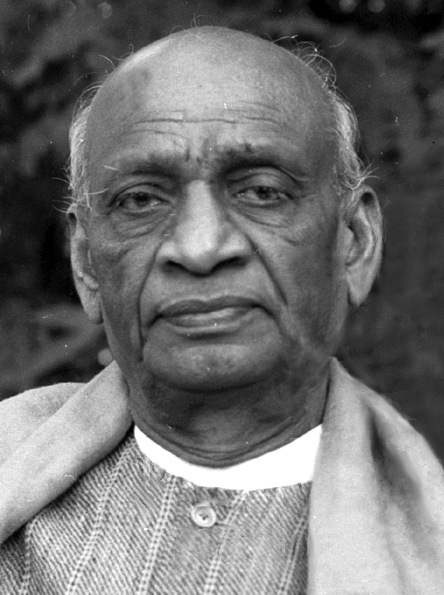
-
Indian barrister and statesman, founding father of the Republic of India
Born and raised in Gujarat, the ambitious young Patel studied the law and set up a practice, gaining a reputation for his ability and talent. Following the death of his wife in 1909, he travelled to England and was admitted to the Middle Temple in October 1910. He was Called to the Bar in January 1913. On his return to India, Patel established himself as a successful barrister and by the end of the decade had become increasingly involved with Gandhi and the fight for self-rule. Over the course of the 1920s he became more prominent in what was by then the struggle for independence and was elected President of the Indian National Congress in 1931. Following the outbreak of the Second World War, Patel was one of the leading figures in the Quit India movement. After independence, having played a prominent role in negotiation and the political integration of the new republic, he became India's first Deputy Prime Minister and Minister for Home Affairs. He died in 1950.
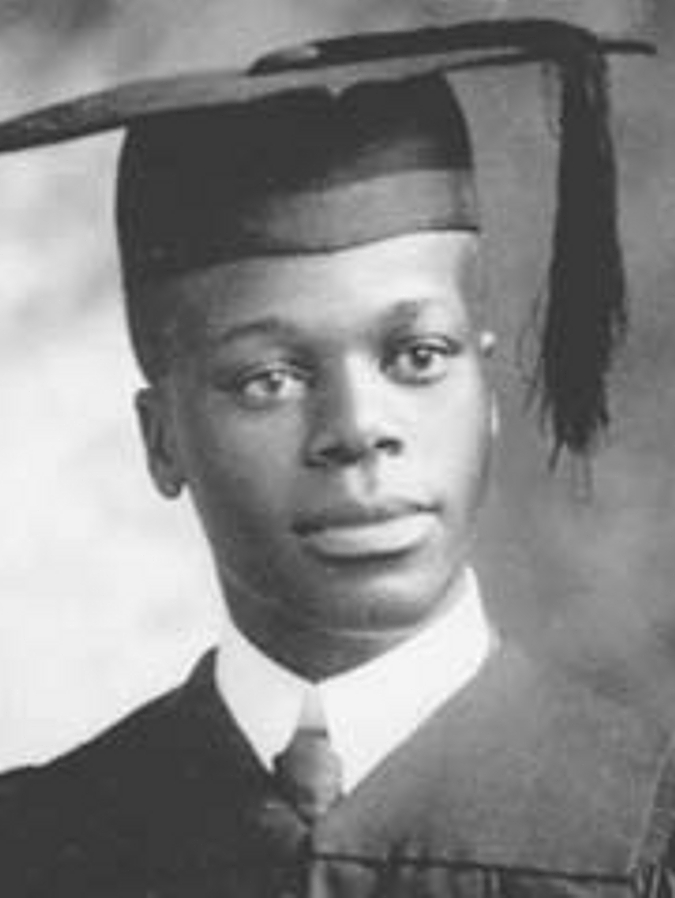
-
Founder and President of the African National Congress
Pixley ka Isaka Seme, born in the Inanda Mission, Colony of Natal (KwaZulu-Natal, South Africa), began practising as a lawyer in Johannesberg in 1910 and established the South African Native Farmers Association in 1911 in order to encourage black farmers to buy land and gain independence. In response, the white government barred black people from owning land in South Africa. After the formation of the Union of South Africa in 1910, Seme and other young African leaders established the South African Native National Congress, later the African National Congress (ANC), in order to unify various African groups from separate colonies. Seme became President of the ANC from 1930 to 1936, coinciding unfortunately with a period of decline for the organisation. In 1937, he left politics and returned to practising law.
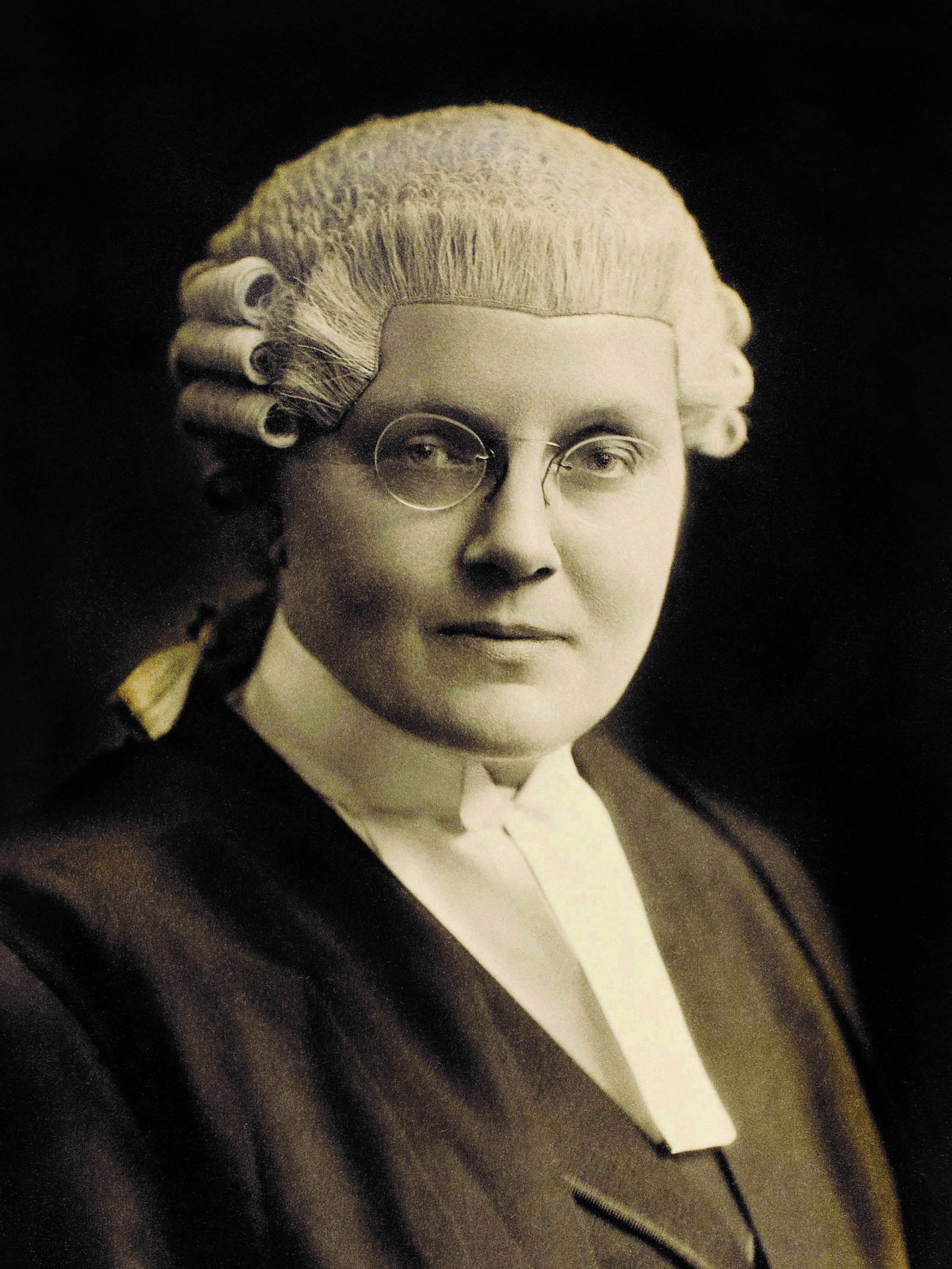
-
First woman to practice at the English Bar
Helena Normanton was born in 1882 and was educated at the University of London. After training as a teacher in Liverpool and travelling in Europe, she became increasingly intent on practicing the law, and began to study it at home. She applied in 1918 to join the Inn but was rejected by the Bench, who considered her unable to become a lawyer on the basis of her sex. Her appeal against this rejection, which took the matter to the House of Lords, was also rejected. However, following the passage of the ‘Sex Disqualification [Removal] Bill’, she was admitted to the Inn on Christmas Eve 1919, the day after the Act received Royal Assent from King George V. In 1922, she became the second woman to be Called to the Bar and was the first to practice as a barrister in the English courts. Normanton was appointed as a KC in 1949 and retired in 1951 after a successful career. During retirement she devoted her energies to the establishment of a university in Brighton and died in 1957. A silver inkstand housing a glass inkbottle from a writing table of George IV's was presented by Normanton to the Inn.
© The Women's Library, London School of Economics and Political Science
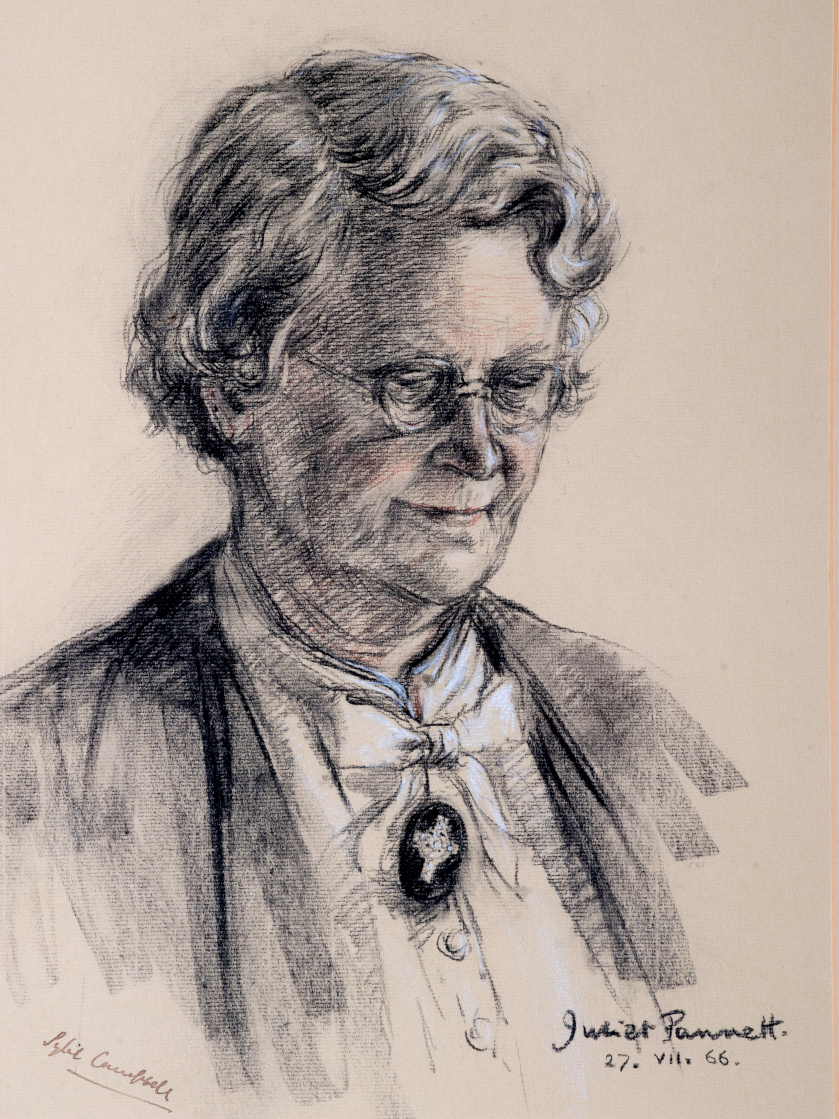
-
First woman to be appointed a stipendiary magistrate in Britain
Sybil Campbell, born in Ceylon (Sri Lanka), was the first woman to be appointed as a stipendiary magistrate in Britain when she became Metropolitan Police Magistrate at Tower Bridge Magistrates’ Court in 1945. In 1920, Campbell became one of the first cohort of women admitted the Inn and was Called alongside Helena Normanton in 1922. Prior to joining the Inn, she was an investigating officer with the Trade Boards, 1913-1918, and an enforcement officer with the Ministry of Food during the First World War. She returned to the Ministry of Food as an enforcement officer during the Second World War and was appointed as an officer of the Order of the British Empire in 1942. Campbell remained the only woman to be appointed a full-time judge in Britain until 1962.
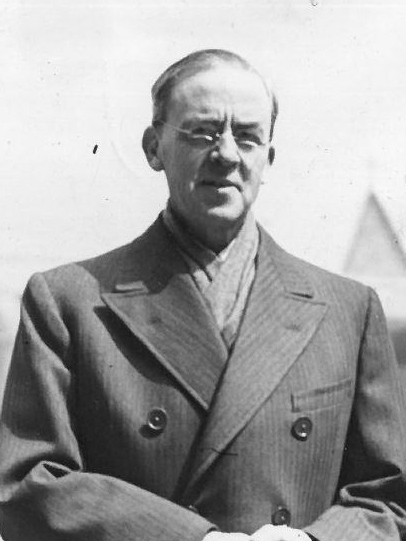
-
Labour politician, barrister and Chancellor of the Exchequer
Sir Richard Stafford Cripps was born in 1889 and, after studying Chemistry at University College London, gained admission to the Middle Temple in 1910 and was Called in 1913. After service as an ambulance driver in WWI, he spent the 1920s at the Bar before joining the Labour Party in 1930. Cripps was appointed Solicitor-General in 1931 and was elected MP for Bristol South East the same year, a seat he held until 1950. He served as Ambassador to the Soviet Union in 1940, and in 1942 was appointed to Churchill's War Cabinet as Lord Privy Seal and Leader of the House of Commons, later becoming Minister of Aircraft Production. Following the Second World War he served in Attlee's Labour government as President of the Board of Trade, and in 1947 was appointed Chancellor of the Exchequer.
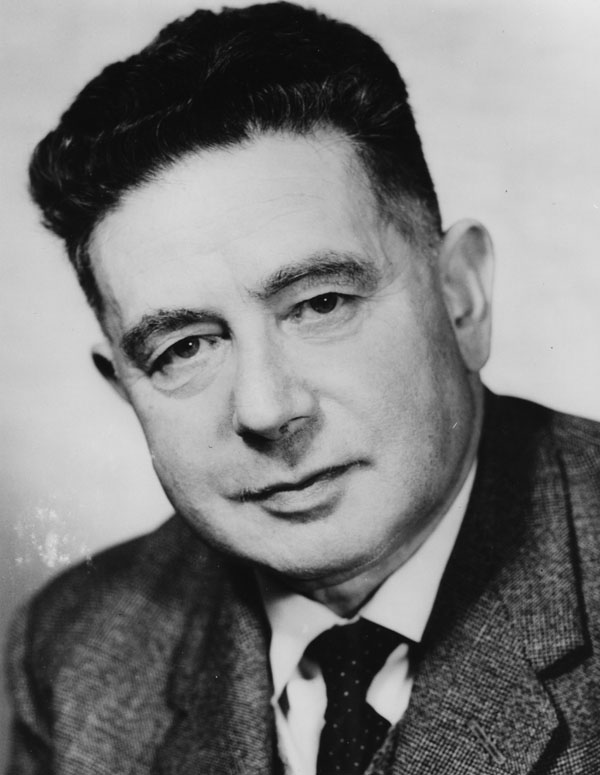
-
Law scholar, professor at the London School of Economics and University of Oxford
Otto Kahn-Freund was born in 1900 in Frankfurt am Main, the only son of a German-Jewish family, receiving a strict and conventional Jewish upbringing. He was educated at the Goethe-Gymnasium, Frankfurt, read law at Frankfurt University and became a judge in the Berlin Labour Court in 1929. In 1933, shortly after Hitler seized the Chancellorship, he delivered a judgement following the principles of judicial independence in favour of radio technicians accused of Communist support. As a result of this judgement he was dismissed from the judiciary, interrogated and put under observation by the Gestapo. A few months later, he and his wife travelled on holiday to the United Kingdom - they did not return.
Kahn-Freund enrolled at the London School of Economics to study English Law, and in 1936 was Called to the Bar at the Middle Temple. He was later appointed a Professor of Comparative Law at the University of Oxford and became a fellow of Brasenose College in 1964. He became Queen’s Counsel in 1972 and was knighted in 1976. Made an Honorary Bencher in 1969, a QC in 1972 and knighted in 1976, Kahn-Freund is best known for the establishment of labour law as a separate area of study in Britain and was the senior lawyer on the Donovan Commission, which reported in 1968 and was highly significant in the development of British labour law.
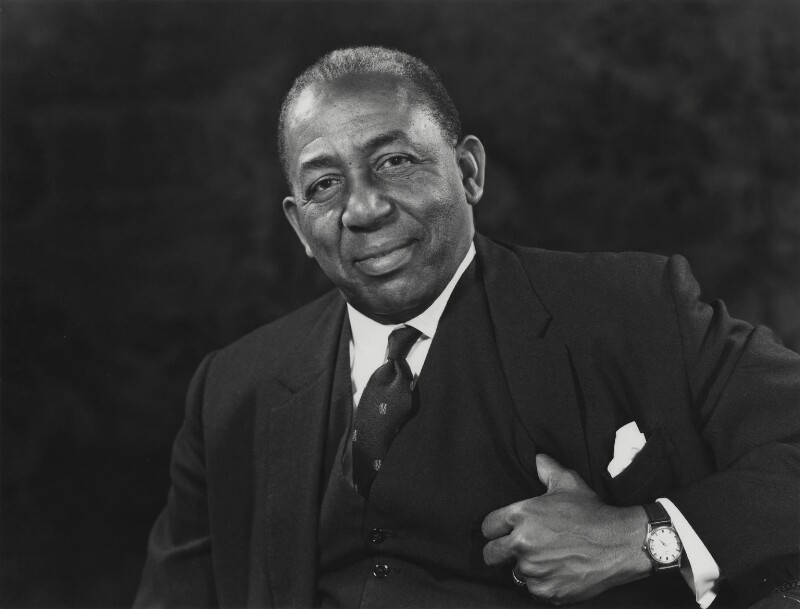
-
West Indian cricketer, lawyer, politician and the UK's first black peer
Learie Constantine was born in Trinidad in 1901 to Lebrun Constantine, the grandson of enslaved people and the overseer of a cocoa estate. On leaving school in 1917 he was briefly clerk to a firm of solicitors, but his legal career was swiftly overtaken by a glittering career in professional cricket, as a member of the West Indies team and later several English clubs. Intending to return to the law, he was admitted to the Inn in 1944, although he continued playing and writing about cricket. In the late 1940s he served as chairman of the League of Coloured Peoples, president of the Caribbean Congress of Labour and a member of the Colonial Social Welfare Advisory Committee. He was Called to the Bar in 1954 and returned to Trinidad.
He became involved in politics and in 1956 became Trinidad’s Minister for Communications, Works and Utilities, later participating in negotiations leading to Trinidad’s independence from Great Britain. In 1962 he was knighted and appointed Trinidad and Tobago’s first High Commissioner in London, in which position he spoke out on domestic racial issues, and in 1963 he was made an Honorary Bencher of the Inn. He spent the remainder of his life living in London, writing and broadcasting on cricket, race and the Commonwealth, and in 1969 was awarded a life peerage, becoming the first black man to sit in the House of Lords. He died in 1971 and received a state funeral in Trinidad.
Learie Constantine by Godfrey Argent. Bromide print, 1 November 1967. NPG x21932 © National Portrait Gallery, London
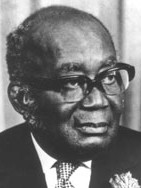
-
President of the Republic of Ghana
Edward Akufo-Addo, born in Dodowa, Ghana, in 1906, was one of the founding fathers of the Republic of Ghana. In 1947 he became a founding member of the United Gold Coast Convention (UGCC) and was one of the "Big Six" detained after disturbances in Accra in 1948. From 1949-1950, he was a member of the United Gold Coast Legislative Council and the Coussey Consititional Commission. After Ghana declared independence from British rule, Akufo-Addo was appointed a Supreme Court Judge and Chief Justice from 1966-1970. In 1970, he became the 2nd President of the Republic of Ghana serving until his deposition by a military coup d'état in 1972.
-
Chief Justice of the Supreme Court of Nigeria
Ademola was born the son of Prince Ladapo, later Ademola II, Alake of Egbaland in Nigeria. After an education in Nigeria, he joined the colonial Civil Service in 1925 and later studied law at Cambridge. He was Called to the Bar at the Inn in 1934, in which year his father was a guest of honour at the Middle Temple Garden Party. Starting a private practise in Nigeria in 1936, he was appointed Magistrate of the Protectorate Court in 1939 and was later Chief Justice for Western Nigeria in 1955, the first Nigerian head of judiciary. He was knighted in 1957 and appointed a member of the Privy Council in 1963, also being awarded a KBE and the title Grand Commander of the Order of Niger by the government of the Republic of Nigeria.
-
Soldier and Barrister, Prosecuting Counsel at Nuremburg and Judge.
Born in Hampstead and educated at Eton and Trinity, Cambridge, Griffith-Jones was Called to the Bar at the Middle Temple in 1928. Serving with the Coldstream Guards during the Second World War, he was awarded the Military Cross in 1943 and after the war was one of the prosecuting counsel at the Nuremburg Trials. Returning to the Bar in 1946, he was junior counsel for the prosecution of Ruth Ellis, the last woman to be hanged in the UK, in 1955. He became Senior Treasury Counsel and a founding member of the Criminal Law Revision Committee in 1959, and became known for prosecuting obscenity cases, most notably in 1960 when he led the prosecution of Penguin Books for publishing Lady Chatterley’s Lover. He served as Recorder of Grantham and of Coventry and in 1964 became a full time judge, presiding over criminal cases at the Old Bailey as the Common Serjeant of London until 1979.
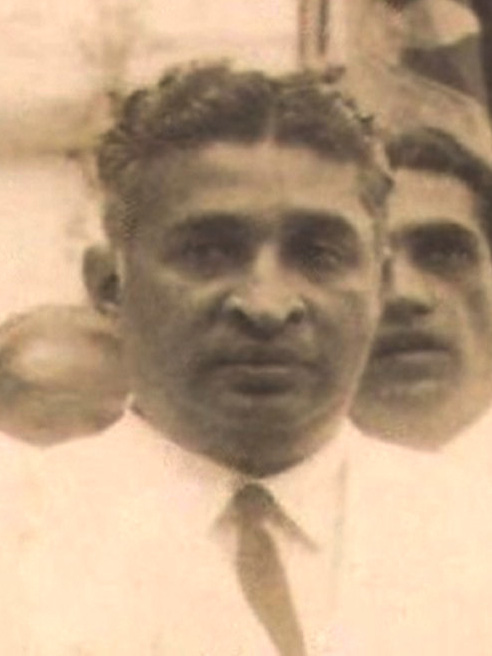
-
2nd Prime Minister of Ceylon (Sri Lanka)
Dudley Shelton Senanayake was born to the wealthy Senanayake family, which was active in colonial era politics. His father, Don Stephen Senanayake, led Ceylon’s (Sri Lanka's) independence movement and became its 1st Prime Minister. In 1935, Senanayake took oaths as an Advocate of the Supreme Court of Ceylon and succeeded his father as Minister of Agriculture and Lands in the second board of ministers of the state council in 1946. In 1947, he was elected to the first parliament of independent Ceylon and was reappointed to his ministry by his father. After the unexpected death of his father in 1952, Senanayake was appointed as the 2nd Prime Minister of Ceylon. In 1953, following widespread civil disobedience and strikes, he resigned from the position on the grounds of ill health. Senanayake returned to politics in 1957, winning a second term as Prime Minister in 1960. He resigned from the position only four months later and became leader of the opposition. He won his third and longest term as Prime Minister in 1965 and served for five years before being defeated in the 1970 elections. Senanayake is remembered for his legacy of simplicity, democratic toleration and moderation. He carried forward his father's legacy by continuing agricultural reforms and large-scale projects.
© Mrs P.K.Tennakoon. This image has been cropped and is licenced under a Creative Commons Attribution-NonCommercial-NonDerivs 3.0 Unported Licence. https://creativecommons.org/licenses/by-nc-nd/3.0/legalcode
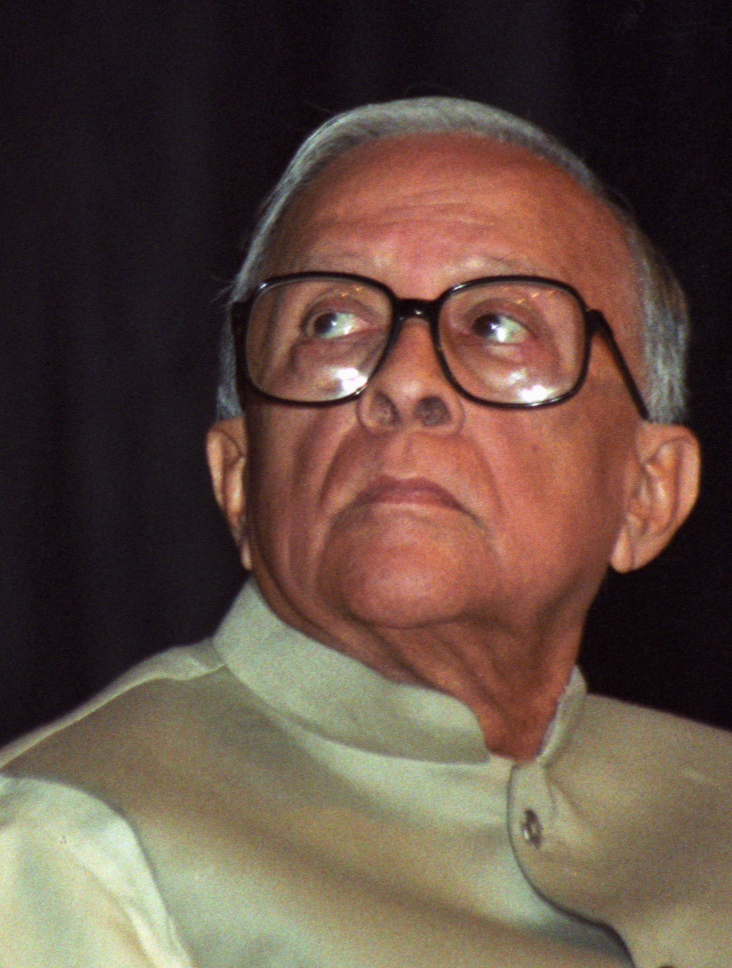
-
Chief Minister of West Bengal State
Jyoti Basu, born in Calcutta (Kolkata), India, in 1914, was the longest serving chief minister in an elected democracy at the time of his resignation. In 1940, Basu inducted himself as an activist affiliated to the Communist Party of India (CPI) and was elected to the Bengal Legislative Assembly in 1946, which became the West Bengal Legislative Assembly after the Partition of India in 1947. Following the 1952 election, Basu was unanimously elected as the legislative party leader for the CPI in West Bengal. Basu split from the CPI in 1964 and co-founded a new party, the Communist Party of India (Marxist) (CPI(M)). In 1977, the CPI(M) won a majority and Basu became the Chief Minister of West Bengal for twenty-three years until his retirement in 2000. His government made strides towards literacy and rural development in West Bengal, with his land reforms receiving particular praise. He also played a large role in the actualisation of a commuter rail project in Kolkata, but was criticised for his industrial policies. His death in 2010 was followed by public mourning on an unprecedented scale.
© Biswarup Ganguly. This image has been cropped and is licenced under a Creative Commons Attribution-NonCommercial-NonDerivs 3.0 Unported Licence. https://creativecommons.org/licenses/by-nc-nd/3.0/legalcode
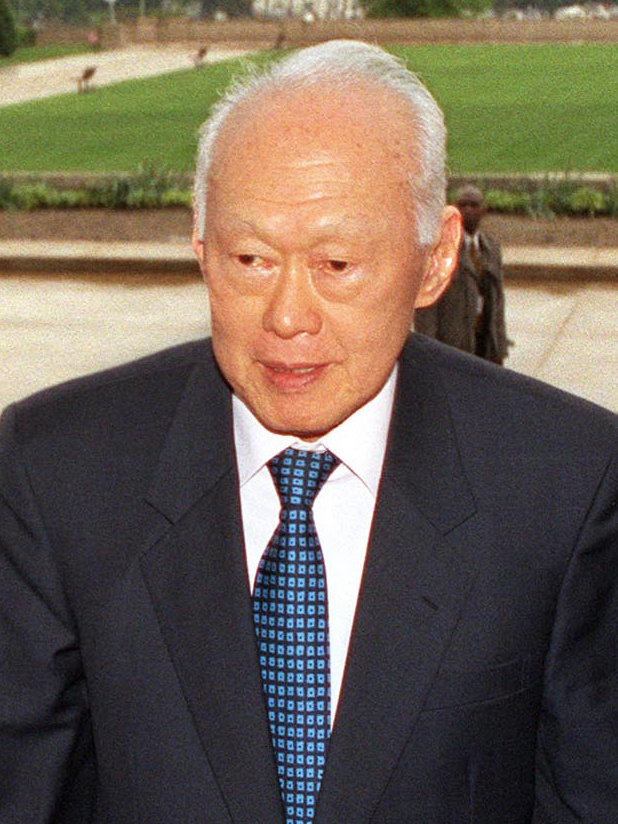
-
First Prime Minister of Singapore
Lee Kuan Yew was born in colonial Singapore in 1923, and was educated first in Singapore, and later at the London School of Economics and the University of Cambridge, where he graduated at the top of his cohort for Law. Having been admitted to the Inn in 1946, he was Called in 1950 and returned to Singapore to practice law. He became involved with Singaporean politics, founding the People's Action Party in 1954, and became the first Prime Minister of Singapore in 1959. He continued in this position through a 1963 union with Malaysia and then full independence for his nation in 1965, serving until 1990.
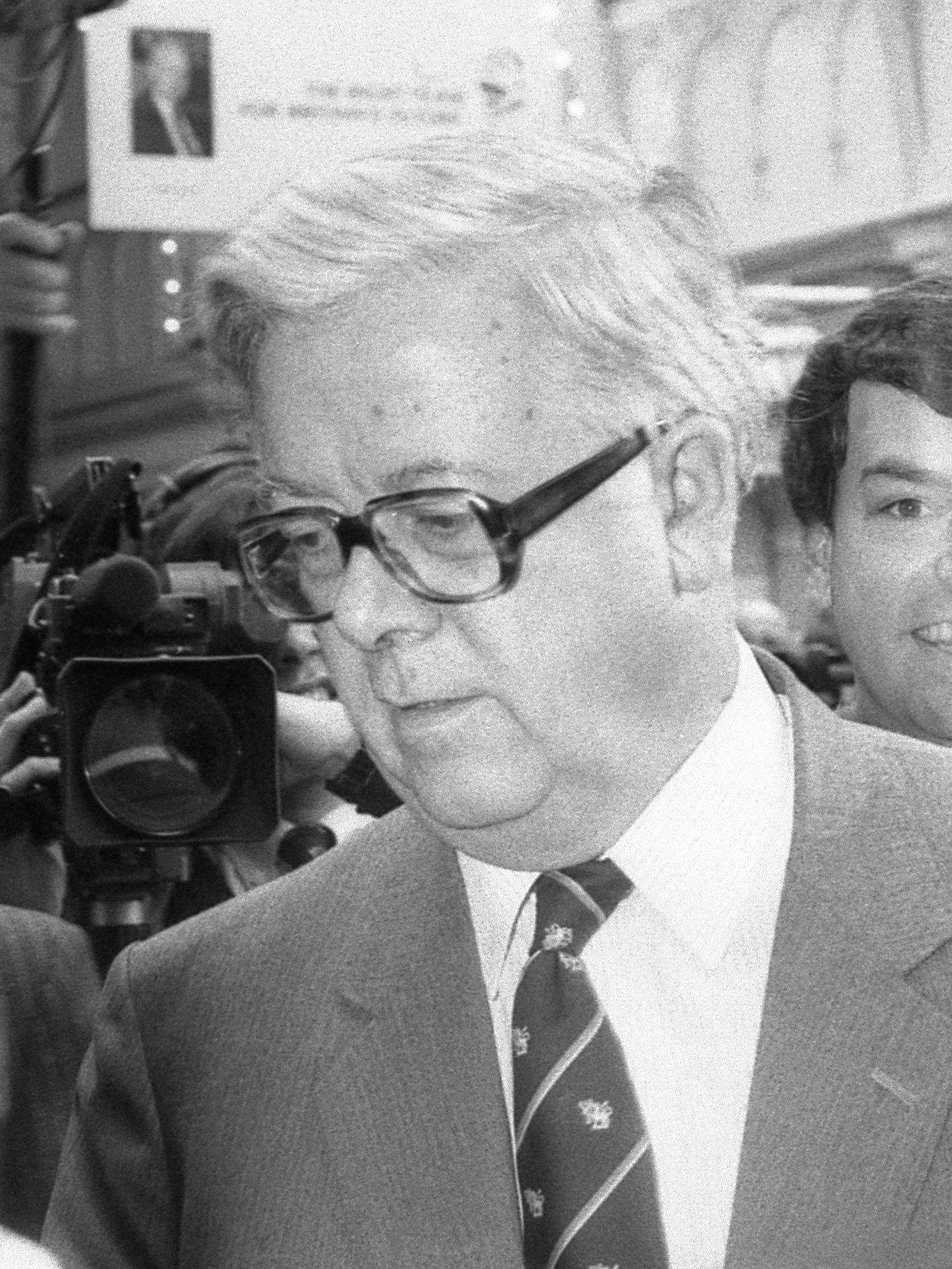
-
Conservative politician and Chancellor of the Exchequer under Prime Minister Margaret Thatcher
Born in Wales in 1926, Howe was educated at Winchester and ran the school's Home Guard during the Second World War. After completing National Service, he read law at Trinity Hall in Cambridge, before being admitted to the Inn in 1945 and Called in 1952. Howe was made a QC in 1965, while serving briefly as MP for Bebington. He returned to Parliament in 1970 and served in Heath's government as Solicitor-General and Minister of State for Trade and Consumer Affairs, and later served under Margaret Thatcher as Chancellor of the Exchequer and Foreign Secretary. His resignation from the government in 1990 was a famously critical blow to Thatcher, catalysing the subsequent challenge to her leadership. He served in the Lords between 1992 and 2015, dying later that year.
© David Fowler / Shutterstock.com
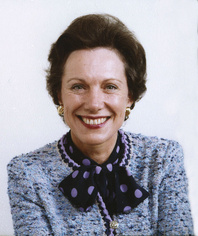
-
U.S. diplomat and Republican politician
Born in New Orleans, Louisiana and educated at Vassar College, Anne moved to Texas in 1950 and established herself in Republican politics. She served as Vice Chairman of the Texas Republican Party from 1966-1968 and Co-Chairman of the RNC from 1971-1973. Named Counsellor to President Nixon in 1972 (continuing in the role under Gerald Ford), she later made history as the first female United States Ambassador the United Kingdom, appointed in 1976, being Called as an Honorary Bencher of the Inn in that year. Awarded the Presidential Medal of Freedom in 1987, she served on the boards of many US corporations and non-profit organisations and was a member of the Founding Council of the Rothermere American Institute. She died in Houston in 2008.
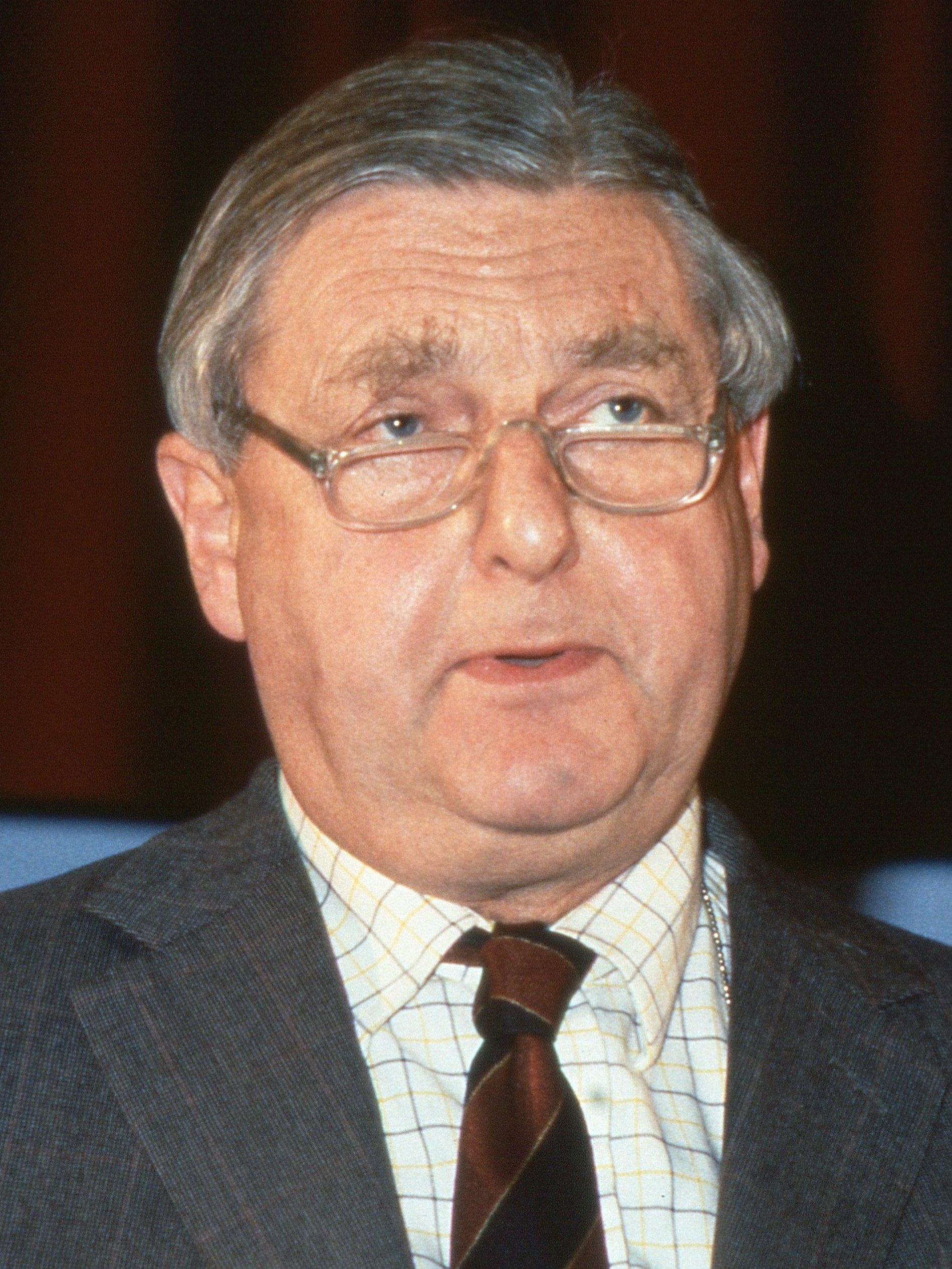
-
Barrister, Conservative politician, Attorney General and Secretary of State for Northern Ireland
Mayhew was born in 1929, and attended Tonbridge School and Balliol College, Oxford. He was admitted to the Inn in 1951 and was Called in 1955. Mayhew was elected a Member of Parliament in 1974 and served under Margaret Thatcher and John Major as Solicitor General, Attorney General and Secretary of State for Northern Ireland. He stood down as an MP in 1997, and was given a life peerage, serving in the House of Lords until 2015.
© David Fowler / Shutterstock.com
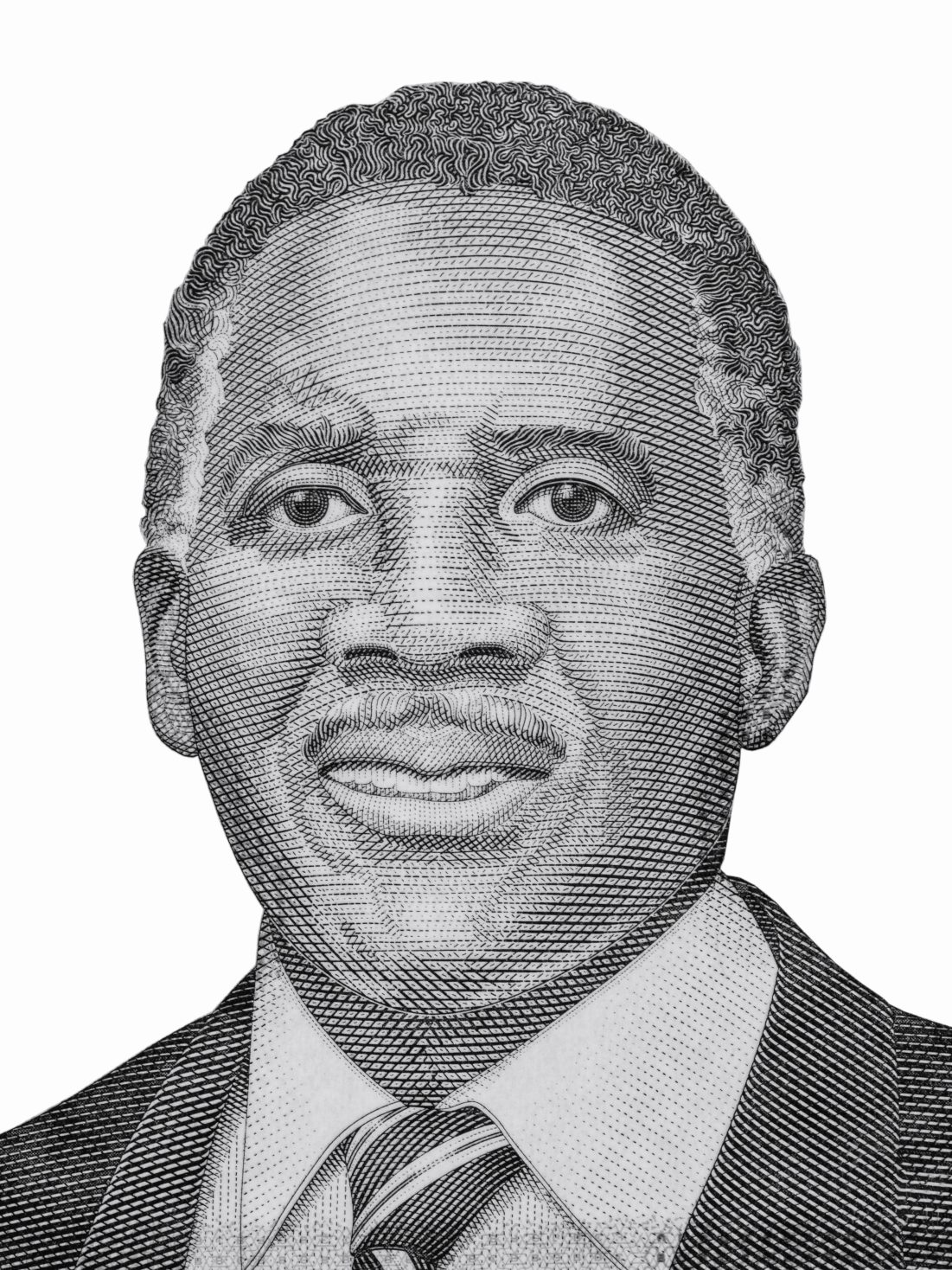
-
1st Prime Minister of the Bahamas
Sir Lynden Pindling, born in Nassau in 1930, is regarded in the Bahamas as ‘the Father of the Nation. He studied law at King’s College, University of London from 1948 to 1952 and was admitted to the Inn in 1948, being Called to the Bar in 1953. At the end of 1953, Pindling joined the newly formed Progressive Liberal Party (PLP) as its legal advisor and was elected Parliamentary Leader of the party in 1956. On a day in 1965 known in Bahamian history as 'Black Tuesday', he delivered a dramatic speech in the House Assembly and ended it by throwing the Speaker's Mace into the street. He was elected Prime Minister in 1967 and formed the first black government in Bahamian history. Pindling led the Bahamas to independence from Great Britain on 10 July 1973. His government introduced social security measures such as a National Insurance Scheme, formed the College of The Bahamas, the Royal Bahamas Defence Force and other organisations. The PLP was defeated in the 1992 election and Pindling retired from politics soon thereafter.
© Shutterstock.com
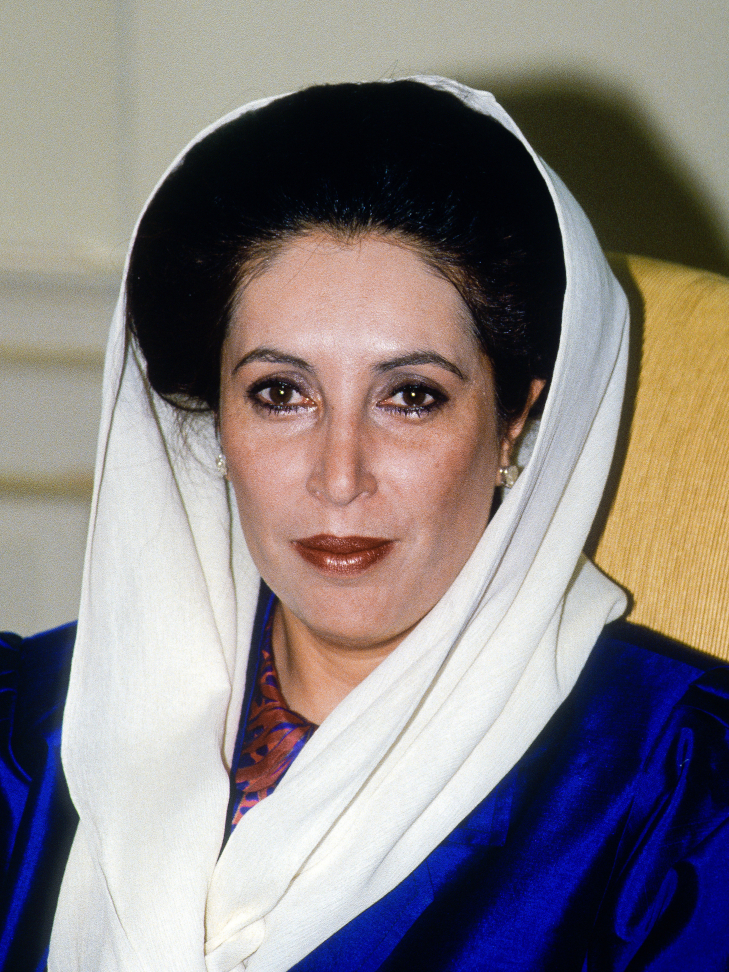
-
Prime Minister of the Islamic Republic of Pakistan
Benazir Bhutto, born in Karachi, Pakistan, in 1953, was the first woman to head a democratic government in a Muslim majority nation. Ideologically a liberal and a secularist, she chaired the Pakistan People’s Party (PPP), which was founded by her father in 1967. She led the party to victory in the 1988 election. Her attempts at reform were stifled by conservative and Islamist forces and her administration was dismissed by the President of Pakistan in 1990 amid accusations of nepotism and corruption. She won a second term of office from 1993-1996. Pakistan experienced severe economic hardship in the 1990s and Bhutto was unable to pursue desired social programs due to a lack of financial resources. She was dismissed a second time for corruption and continued as Leader of the Opposition until 1999. She was assassinated in 2007.
© Mark Reinstein / Shutterstock.com